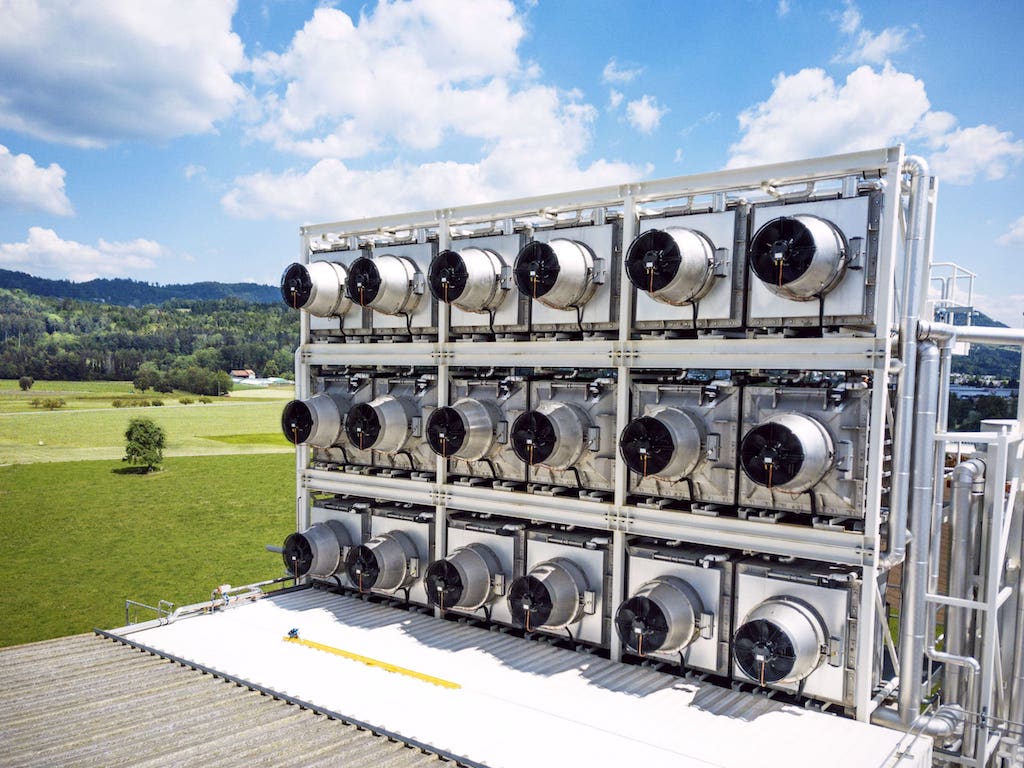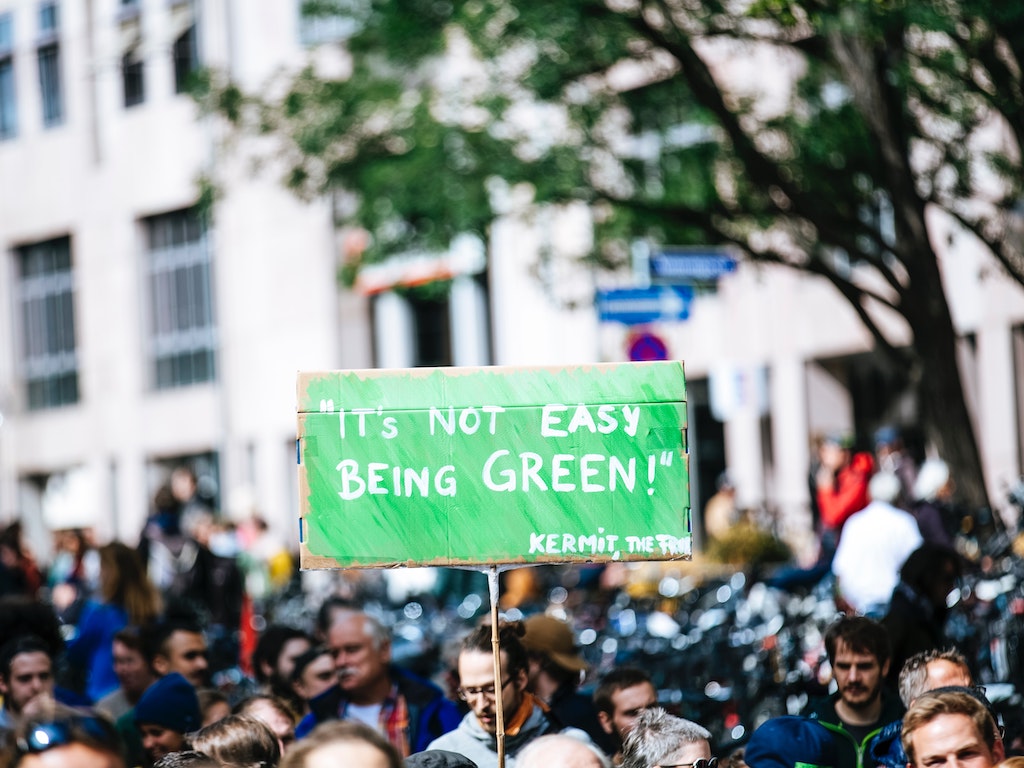3 Mins Read
As world leaders gather in Glasgow for COP26 and make crucial agreements on climate change, you might be hearing a couple of new keywords and terms on the topic. We don’t know about you, but it’s all starting to get a little confusing, from carbon neutrality to net-zero and climate positive. So, what do these words really mean? Here’s our quick climate vocabulary guide so you can keep up on Linkedin chats and beyond!
1. Carbon neutral
Carbon neutral or carbon neutrality means a balance between how much carbon is emitted and being absorbed. Countries, companies and products can be carbon neutral when they have calculated their CO2 emissions and have counterbalanced it through offsetting measures of the equivalent amount of CO2 emissions.

2. Net-zero
Net-zero means that a certain activity releases no greenhouse gas (GHG) emissions into the atmosphere. It is a little different from carbon neutral, because net-zero involves eliminating the indirect emissions across the whole value chain. For example, a company will have to consider the GHG emissions of all its suppliers and customers. Under net-zero, any residual emissions must also be eliminated through GHG removals of the equivalent amount.
3. Carbon offsetting
Carbon offsetting refers to the measures taken to counterbalance or compensate for the emissions that have been released. Some of these measures include investing in reforestation or tree planting projects, carbon farming, as well as carbon capture and storage technologies that can sequester emissions permanently. It does not mean that a country or company has directly made any cuts to its carbon footprint, but the measures taken to “offset” its emissions.

4. Climate neutral
Climate neutral sounds like carbon neutral, but it is a little different. It refers to the neutrality of all GHGs, not just CO2. So climate neutrality can be achieved if all GHG emissions are being counteracted or compensated by the equivalent mitigation of that amount of GHG emissions.
5. Climate positive
Climate positive goes beyond achieving net-zero GHG emissions. Companies, products or countries can become climate positive when they actually remove more GHG emissions than they put out into the atmosphere.

6. Carbon negative (aka climate positive)
Carbon negative means the same thing as climate positive. Carbon positive is also sometimes used to describe the same thing.
7. Carbon drawdown
Carbon drawdown, which is also sometimes called carbon removal, sequestration or carbon dioxide removal, refers to capturing CO2 from the atmosphere and locking it away. CO2 can be stored away naturally in the soil, ocean and rocks. It can also be artificially done through new carbon sink technologies, such as direct air capture and storage.
All images courtesy of Unsplash, unless otherwise credited.



